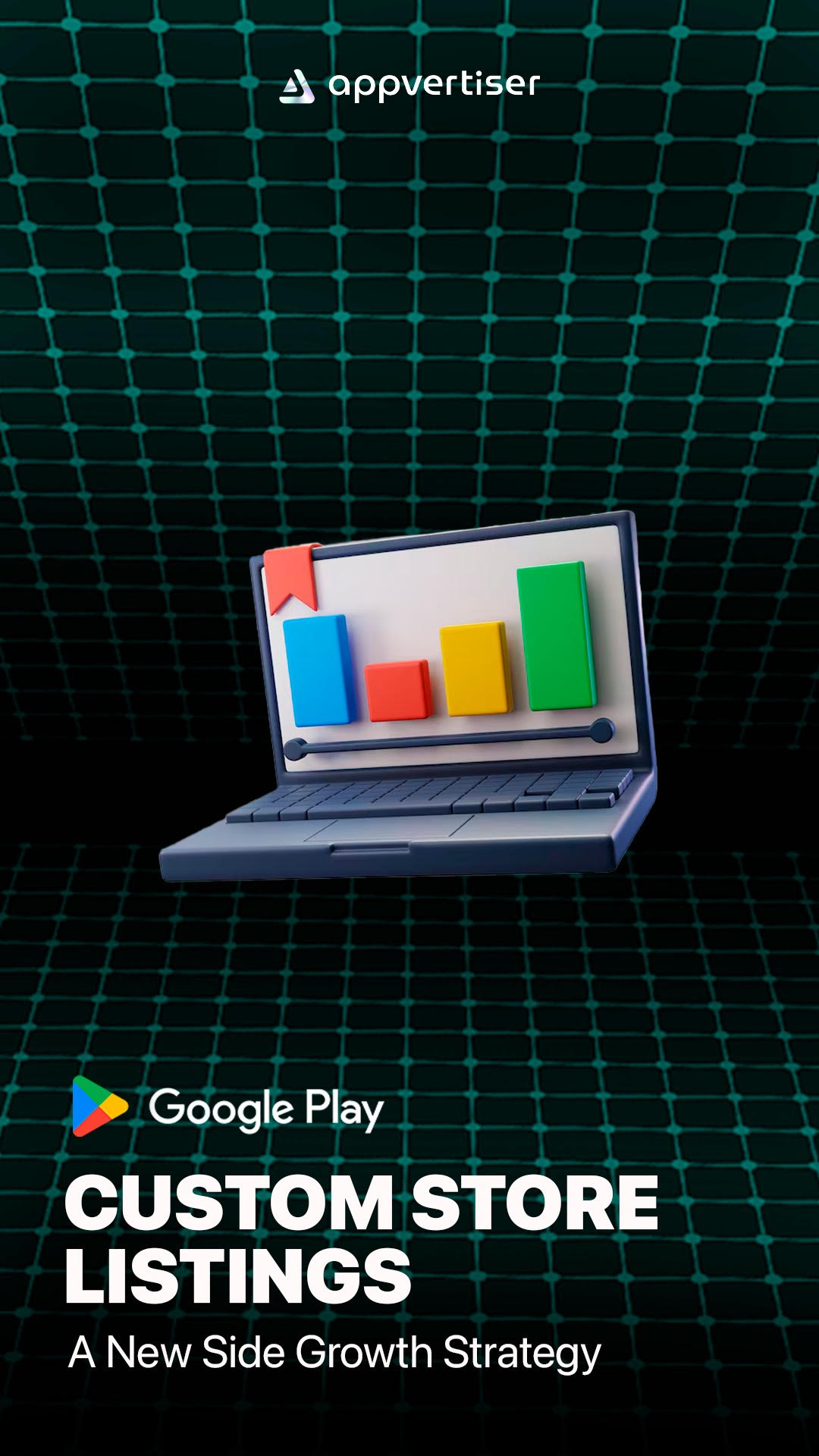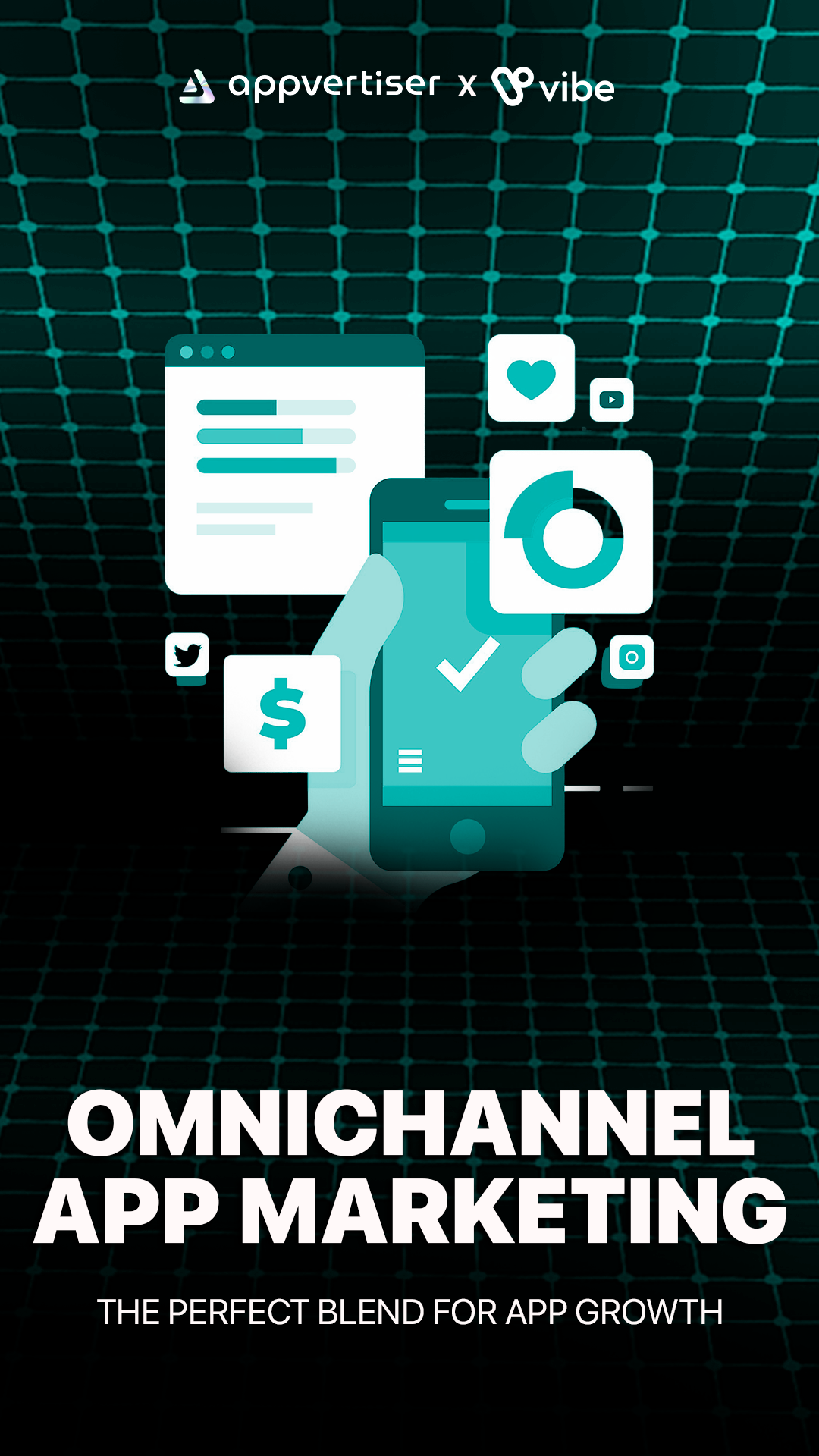
AI-Powered Ad Copywriting: From Blank Page To Brilliant Ad
Hey, marketer! Are you tired of writing ad copy that sounds like a robot wrote it? Well, why don’t you let a robot do the writing for you? You know that generative AI is the game-changing technology of the moment, but have you carefully considered how it can help you?
In this article, we’ll see how you can use it to create personalized, high-quality ad copy at scale, without going crazy about it.
By analyzing existing content, AI can generate fresh ad copy in a similar style and tone. This means you can spend less time writing and more time strategizing. Plus, you won’t have to worry about writer’s block or cringe-worthy typos.
The Benefits of Using Generative AI for Ad Copywriting
Generative AI has many cool uses like writing this exact phrase, but there are some more, including:
Saving time and resources: Writing ad copy can be a time-consuming and costly process, especially when creating multiple versions for different target audiences. AI can automate the process, generating multiple ad variations in a fraction of the time it would take for a human writer.
Improving ad relevance and effectiveness: This technology can analyze data about target audiences and use that information to create ads that are more relevant and effective. By tailoring ad copy to specific demographics, interests, and behaviors, marketers can improve click-through rates, conversions, and overall ROI.
Enabling personalization at scale: Personalization is key to effective ad campaigns, but it can be difficult to achieve at scale. Generative AI can create personalized ad copy for multiple target audiences, enabling marketers to deliver a more personalized experience without sacrificing efficiency.
Enhancing creativity: AI can provide writers with inspiration and ideas, helping to break through writer’s block and generate new and innovative ad concepts. By providing a starting point for human writers, generative AI can help to enhance their creativity and produce more engaging and effective ad copy. Cool, right?
So, ok… marketers can achieve these benefits and more. But how exactly does AI work in practice? Let’s take a look at some successful campaigns that have used this technology to create compelling ads.
Examples of Successful Campaigns using AI for Ad Copywriting

The ad copy was designed to be conversational and engaging, mimicking the tone of a beauty influencer or friend. The campaign resulted in a 67% click-through rate and a 51% conversion rate, demonstrating the power of generative AI for personalization and engagement.

The campaign resulted in a 20% increase in McDelivery sales and a 6.5x return on ad spend, demonstrating the power of generative AI for personalization and relevance.
These examples demonstrate how generative AI can be used to create highly personalized and engaging ad copy that resonates with audiences. But some marketers may be hesitant to embrace the technology due to concerns about quality, ethics, and control. Let’s address some of these concerns.
Addressing Concerns about Generative AI for Ad Copywriting


While this is a valid concern, it’s important to note that generative AI is a tool, and like any tool, it can be used for good or bad purposes. Marketers have a responsibility to use generative AI ethically and transparently, and to ensure that their ads are truthful and accurate.

By addressing these concerns and using AI ethically and responsibly, marketers can harness the power of this technology to create more effective, personalized, and engaging ad campaigns. As the technology behind generative AI continues to advance, its potential for ad copywriting and other applications is only going to grow.
Future Potential of Generative AI for Ad Copywriting and Beyond
Some of the areas where generative AI could have a significant impact in the future include:
Personalization: It already demonstrated its ability to personalize ad copy based on user data and preferences. As the technology continues to improve, it could become even better at creating highly personalized content that resonates with individual users on a deeper level.
Real-time optimization: With the ability to analyze data and adjust content in real-time, generative AI could enable marketers to create more effective ad campaigns that are optimized for maximum engagement and conversion.
Cross-channel consistency: Generative AI could also help ensure consistency across different channels and touchpoints, creating a seamless user experience and reinforcing brand identity.
Creativity: While generative AI is not a replacement for human creativity, it can provide inspiration and new ideas that can enhance the creative process. In the future, generative AI could become even better at generating truly original and creative content.
These are just a few of the potential applications of generative AI for ad copywriting and beyond. As the technology continues to evolve and improve, we can expect to see even more innovative and impactful use cases in the future.
Just please don’t overtake humanity…
Conclusion
Generative AI has already proven its capacity to enhance ad copywriting by creating personalized, engaging, and effective content. By using the technology marketers can harness its power to create more impactful and successful ad campaigns.
While there are certainly concerns and challenges that need to be addressed, the potential benefits of generative AI for ad copywriting and other applications are crystal clear.
The technology will of course continue to develop and we can expect to see even more innovative and exciting use cases in the future. By embracing it we hope you, as a marketer, manage to stay ahead of the curve and create truly compelling content that resonates with audiences.
Are you looking to talk with experts in advertising strategies? Then you are at the right place.



























